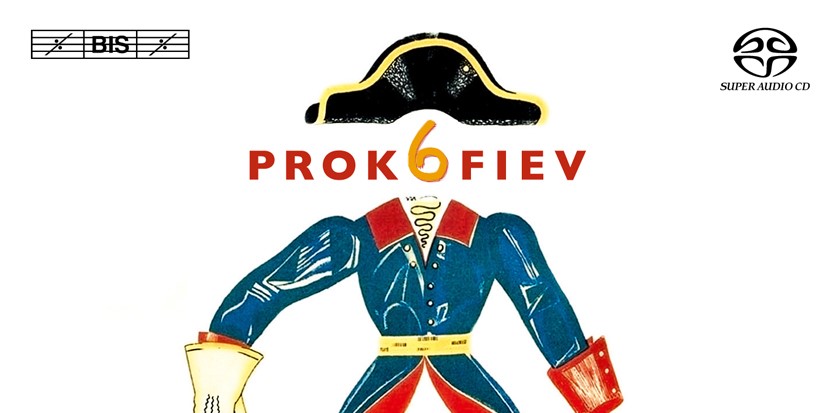&height=700&mode=crop&scale=both&width=1400&zoom=1&404=default)
Sergei Prokofiev: Symphony No. 6, Lieutenant Kije Suite
Sergei Prokofiev
Premièred in January 1945, Sergei Prokofiev’s optimistic and heroic Fifth Symphony had seemed to herald the victorious end of World War Two.
In stark contrast to this, his Symphony No.6, which received its first performance in 1947, is one of his deepest and most personal works. Although it was greeted with enthusiasm by the audience, the Soviet authorities were critical of the work and in 1948 a Party resolution singled it out as ‘abnormal’ and ‘repellent’. In fact, the first ideas for the symphony preceded those for the Fifth, and date from a period when the issue of the war was still uncertain. '
Early in 1945 the composer had suffered a collapse, from which he never completely recovered and which forced him to live the life of an invalid with almost constant headaches. In regard to the work, Prokofiev himself stated: ‘Now we are rejoicing in our great victory, but each of us has wounds that cannot be healed.’
This haunted symphony is here coupled with two works which illustrate a very different side of the composer, his gift for creating vivid musical images that can sum up a scene in a few bold strokes. These are the ever-popular suites from The Love for Three Oranges, the tragic-comical opera from 1921, and from the film score to Lieutenant Kijé, a light-hearted satire from 1934.
The original film score included two songs, which form the second and fourth movements of the concert suite. Often performed in a version for solo saxophone and orchestra, these are heard in this recording in their original vocal form, performed by the Ukranian baritone Andrei Bondarenko.
With acclaimed previous recordings of music by Prokofiev, as well as by Stravinsky and Rachmaninov, Andrew Litton and his Bergen Philharmonic Orchestra are a tried-and-tested team in this repertoire, and once again make the most of the enormous palette of colours and moods provided by these three scores.
